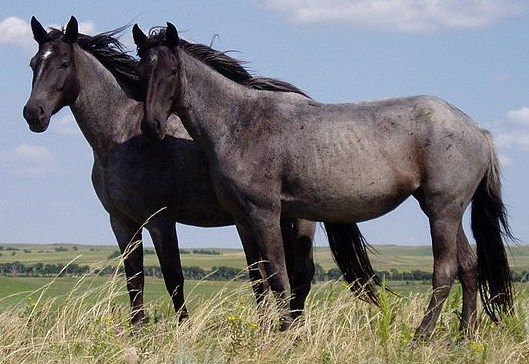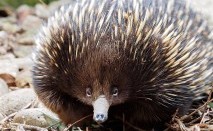
Category: Mammals

The horse we know today evolved from a small, multi-toed creature that lived 45-55 million years ago. Humans first domesticated horses around 6000 years ago and there are now over 300 breeds of horses, fulfilling roles from agricultural draft-horse to police mount to therapy riding. Human civilization and culture would not be the same without them. Horses are also prominent in the mythologies of many cultures – no doubt owing to their importance in so many realms of ancient life.

A 200 Million Year-old Iconoclast
If a defining trait of mammals is that they give live birth to their young, how do you explain monotremes? Monotremes are mammals that lay eggs like a reptile, rather than giving birth to live young. Living examples of these unusual animals can only be found in Australia and New Guinea today, though they used to be more widespread. A monotreme egg has less yolk for supplying nutrients than a reptile egg, and when a young echidna or platypus hatches, it is very tiny and less developed than its reptile counterpart. But monotreme babies are able to grow and thrive because their mothers stay with them, lactating to supply vital nutrients for their growth - just like other mammals!
Learn more >>
 Discover Animals is a web-based educational resource offered by the NAIA
Discover Animals is a web-based educational resource offered by the NAIA